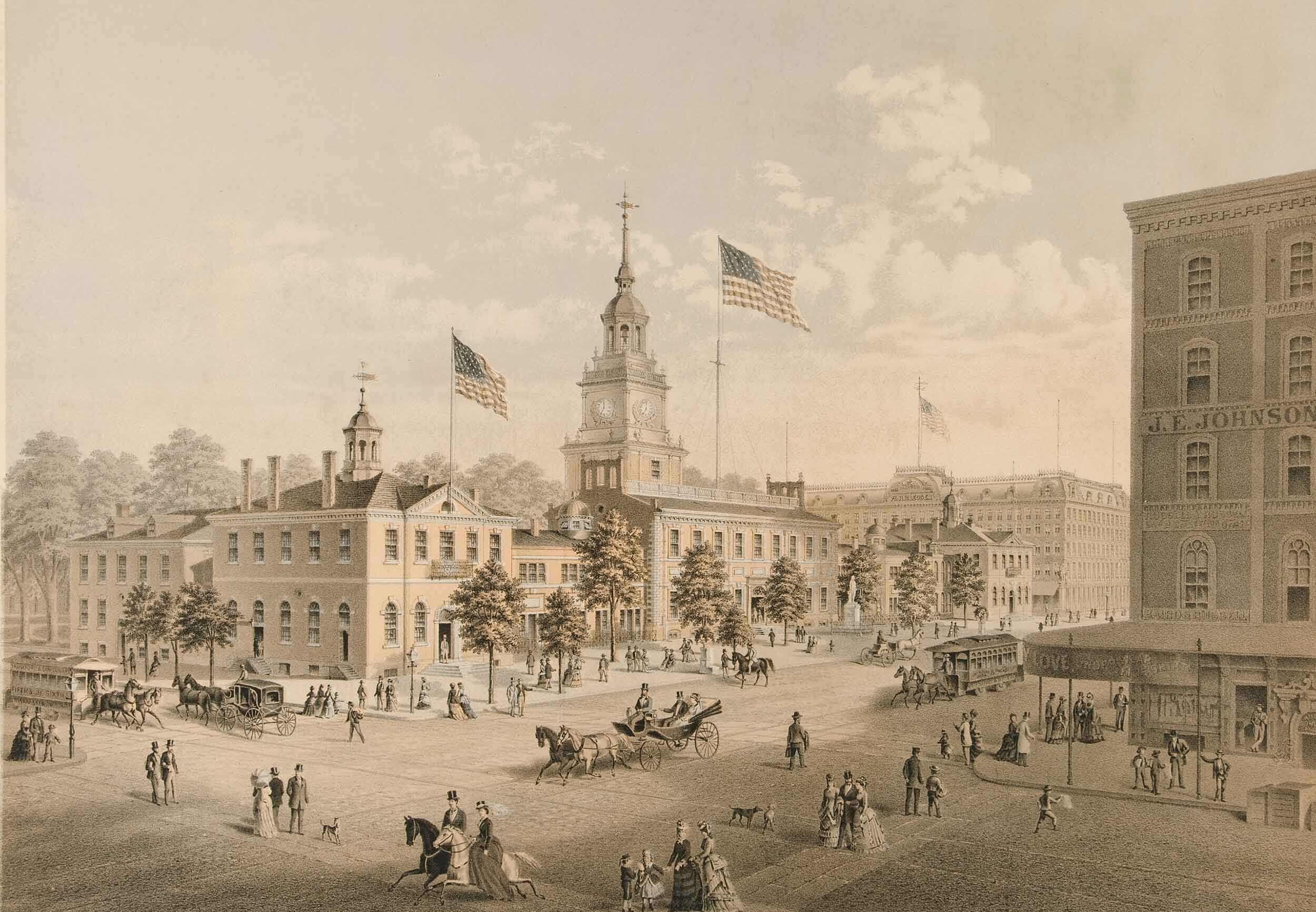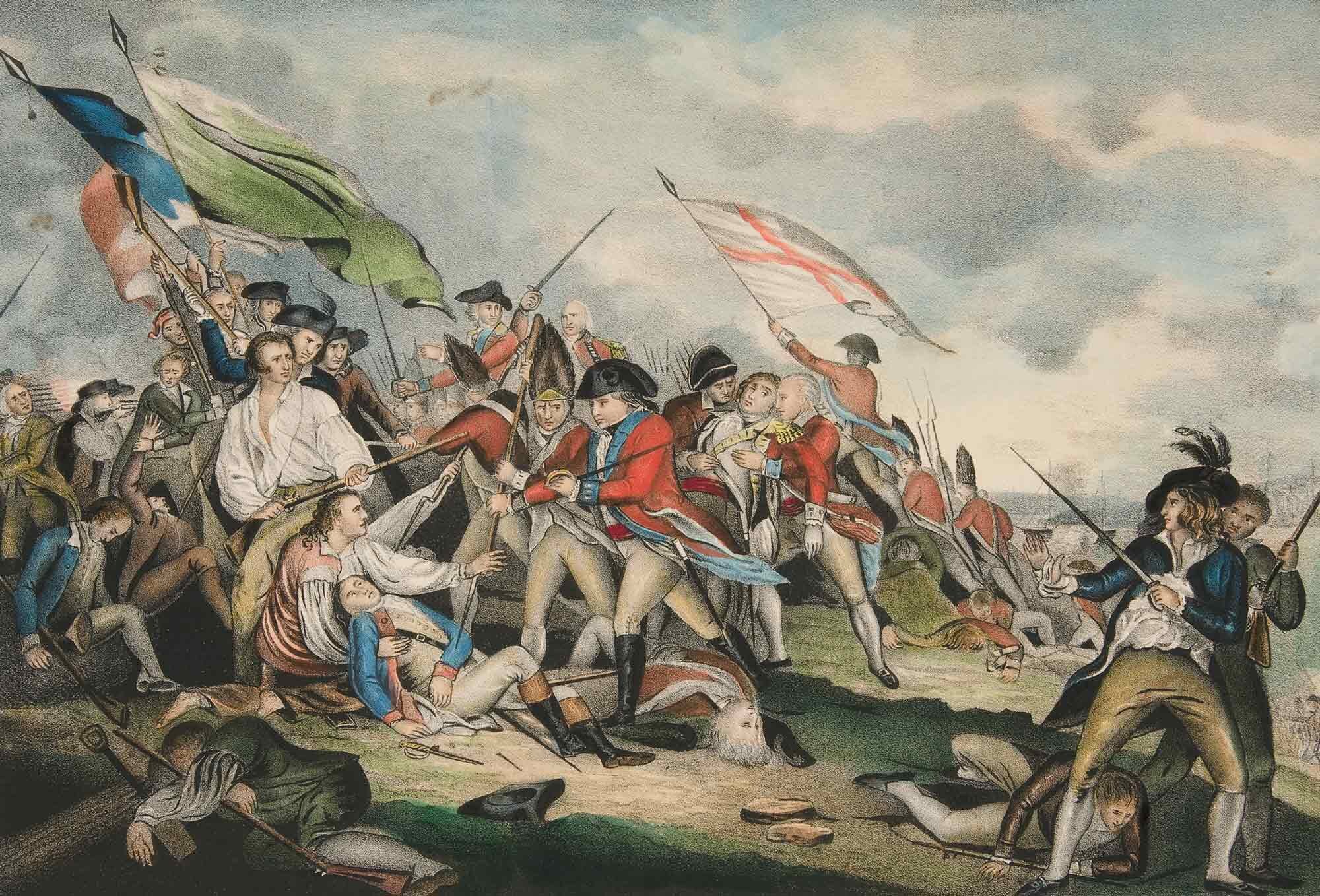The Declaration of Independence: Background
The Declaration of Independence was America’s first and, arguably, greatest document. It not only laid out the reasons why we should leave the British Empire, but also eloquently explained a different set of rules by which a people should be governed. The background leading to the creation of this document is critical to understanding its content.
At the end of the French and Indian War (or Seven Year’s War) in 1763, the British Empire’s treasury was depleted due to the terrible expense of the war. Although it had been fought in several parts of the world, King George and Parliament decided to recover much of the cost on the backs of their American subjects.
Parliament enacted the Stamp Act (taxes on most printed materials) in 1765 and then the Townshend Act (taxes to fund royal officials, as well as language reinforcing Parliament’s right to tax the colonies) in 1767. While Parliament and royal ministers felt it reasonable that the colonies should pay their fair share of the cost of the recent war, the colonists felt quite different.
To understand where the Americans were coming from, it is important to know that for much of our early history the British Empire had practiced a sort of benign neglect of the American colonies. In England’s defense, it had plenty to deal with back home. Since the mid-1600’s, England had executed one king, deposed another, and waged numerous wars with their European rivals. Because of these troubles and the distance from England and the fact the colonies were really no trouble, rulers in England simply let the colonists be.
As a result of the colonies being left to their own devices, Americans developed of a strong independent streak. Since England would not or chose not to actively rule the colonies, the leaders created their own assemblies. Out of necessity, our early leaders learned how to govern and, because most of the English nobility did not want to reside in the America, the men who rose to prominence were often self-made men.
These colonial officials reasoned that since the colonies were not directly represented in Parliament, that legislative body did not have the right to levy taxes on them. As James Otis said in 1761, “taxation without representation is tyranny” which became the rallying cry “no taxation without representation”. Not surprisingly, tensions rose over the course of the next few years as the Americans resisted and found ways to avoid paying these new taxes which in turn frustrated Parliament and the Ministers in England.
Following the Gaspee Affair in 1772 in which colonists burned a British ship and the Boston Tea Party in 1773 when the Sons of Liberty threw a shipload of tea into Boston Harbor, Parliament attempted to assert its authority with a series of bills known in America as the Intolerable Acts (in England they were called the Coercion Acts).
They essentially stripped Massachusetts of most of the freedoms it had enjoyed since its founding. The harshness of these acts first surprised and then outraged people in all thirteen colonies. People reasoned if England could do that to one, they could do it to all.
To address this crisis and craft a response, colonial leaders convened the First Continental Congress in September 1774. They met in Carpenter’s Hall in Philadelphia and delegates attended from 12 of the 13 colonies (Georgia chose not to attend). They decided to impose a boycott on British goods and send King George a list of their grievances. Their petition fell on deaf ears.
As one month led into the next in 1775, no progress was made. On April 19, matters grew more serious with the fight at Lexington and Concord, the first of several military encounters which will be detailed in future narratives. Clearly, something had to be done and so, in May 1775, colonial leaders convened the Second Continental Congress in Philadelphia.
WHY IT MATTERS
So why does understanding the background leading up to the Declaration of Independence matter to us today? It is important to know that our Forefather’s tried every option available to them to try and reconcile with the mother country. Rebellion was not our preferred choice. However, as we all know, it takes both sides to resolve an issue and, in this case, the British were not willing partners.
SUGGESTED READING
One of the best books on our war for independence is Robert Middlekauff’s “The Glorious Cause: The American Revolution, 1763-1789.” Written in 2007 as the first volume in the Oxford History of the United States, it was a finalist for the Pulitzer Prize and is very readable.
PLACES TO VISIT
Carpenter’s Hall in Philadelphia where the First Continental Congress met is a great place to visit. Located in Independence National Historical Park, it is just a stone’s throw away from Independence Hall. It is a smaller, but beautiful building and a bit less frequented which means you can really take your time soaking it all in.
Next time, we will discuss what the Founders did at the Second Continental Congress. Until then, may your motto be “Ducit Amor Patriae,” Love of country leads me.





On May 15, 1776, the fifth Virginia Convention meeting in Williamsburg passed a resolution calling on their delegates at the Second Continental Congress to declare a complete separation from Great Britain. Accordingly, on June 7, Richard Henry Lee rose and introduced into Congress what has come to be known as the Lee Resolution.